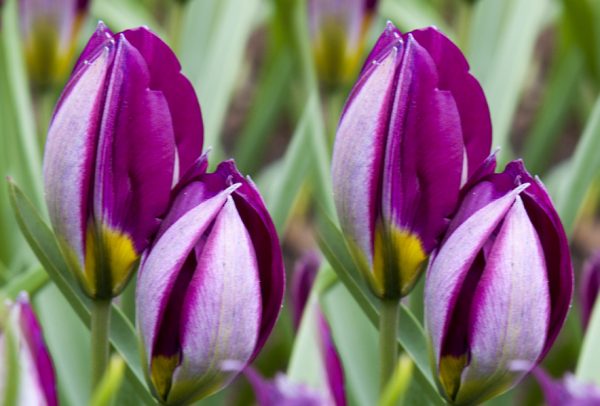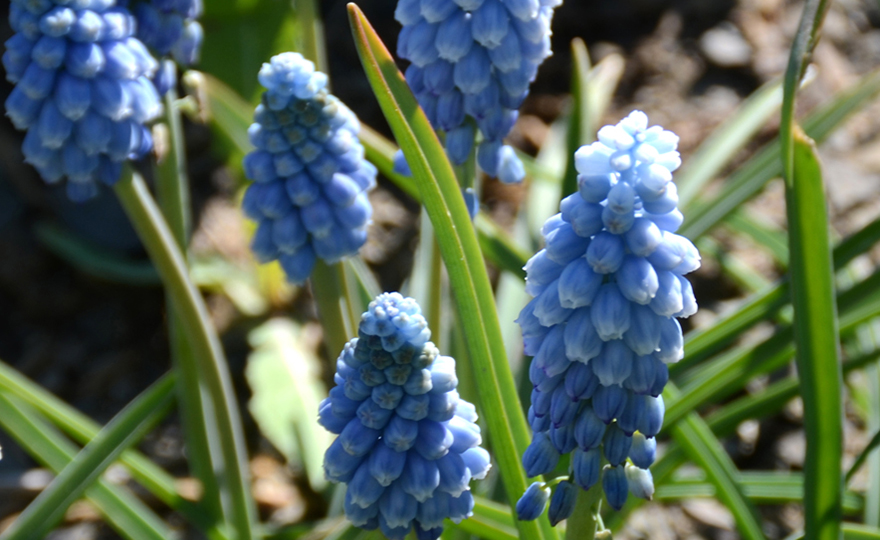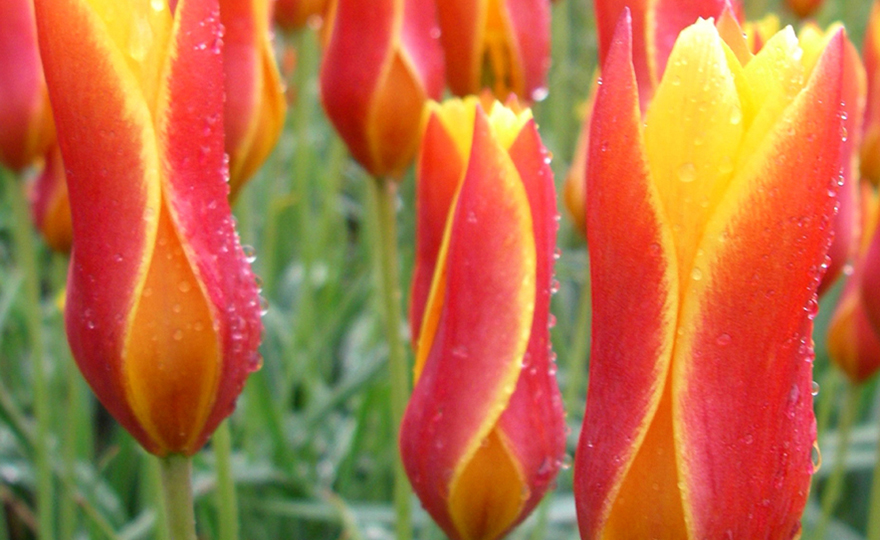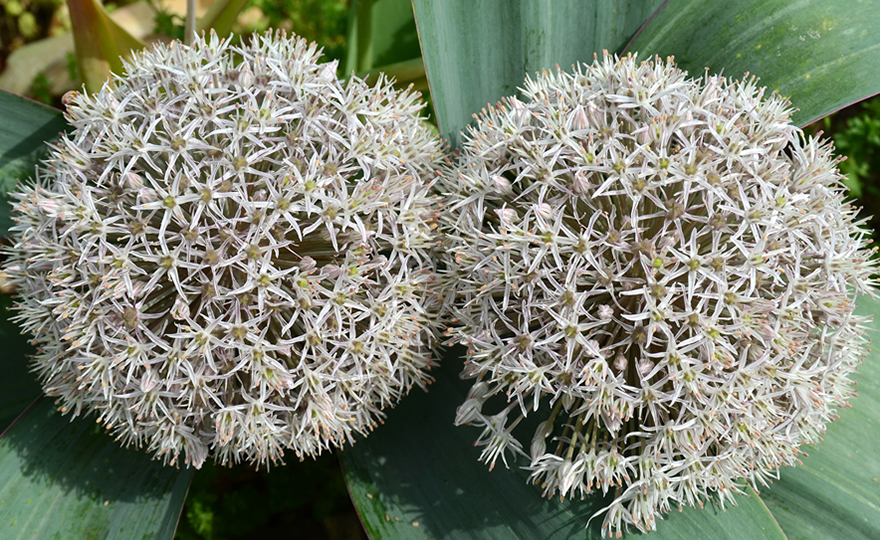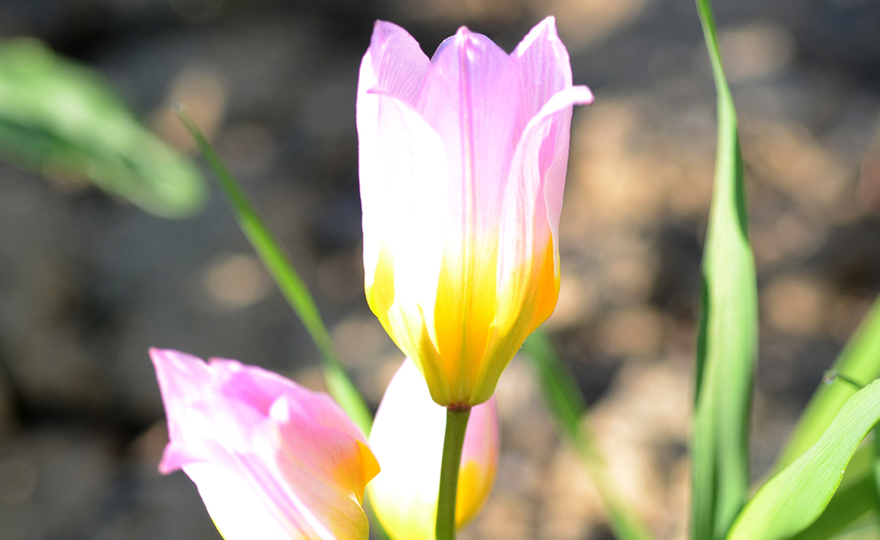
Species Tulip, Tulipa Humilis Persian Pearl
-
- **SOLD OUT** HOLIDAY GIFTS **SOLD OUT**
- **SOLD OUT** Holiday Books **SOLD OUT**
- **SOLD OUT** Holiday Citrus **SOLD OUT**
- **SOLD OUT** Holiday Gift Certificates **SOLD OUT**
- **SOLD OUT** Holiday Paperwhites **SOLD OUT**
- **SOLD OUT** Holiday Praying Mantis Kits **SOLD OUT**
- **SOLD OUT** Holiday Tools **SOLD OUT**
- **SOLD OUT** Holiday Wildflower Mixtures **SOLD OUT**
- Citrus Trees
- **SOLD OUT** - Vegetable and Herb Plants - Mix & Match any 6 Plants for $50 - Only Shipped in Quantities of 6
- Elephant Ear Plants & Roots
- **SOLD OUT** 4-Inch Pot Herb Plants **SOLD OUT**
- Rare Plants
- **SOLD OUT** Vining Plants **SOLD OUT**
- Asian Seeds
- Beneficial Bugs
- Books
- Citrus Fertilizers
- Cold-Treated Bulbs - SEE BULBS FOR FALL PLANTING TO ORDER
- Cold-Treated Allium
- Cold-Treated Chionodoxa
- Cold-Treated Crocus
- Cold-Treated Hyacinthoides
- Cold-Treated Hyacinthus Orientalis
- Cold-Treated Narcissus
- Cold-Treated Cyclamineus Narcissus
- Cold-Treated Double Heirloom Narcissus
- Cold-Treated Jonquilla Narcissus
- Cold-Treated Large Cupped Narcissus
- Cold-Treated Poeticus Narcissus
- Cold-Treated Small Cupped Narcissus
- Cold-Treated Species Miniature Narcissus
- Cold-Treated Split Cupped Narcissus
- Cold-Treated Tazetta Narcissus
- Cold-Treated Triandus Narcissus
- Cold-Treated Trumpet Daffodils
- Cold-Treated Ornithogalum
- Cold-Treated Rock Garden Iris
- Cold-Treated Scilla
- Cold-Treated Tulips
- Cold-Treated Emperor Tulips
- Cold-Treated Fringed Tulips
- Cold-Treated Green or Viridiflora Tulips
- Cold-Treated Lily Flowering Tulips
- Cold-Treated Parrot Tulips
- Cold-Treated Peony Flowering Tulips
- Cold-Treated Single Early Tulips
- Cold-Treated Single Late Tulips
- Cold-Treated Species Tulips
- Cold-Treated Triumph Tulips
- Flower Bulbs, Corms and Tubers
- **SOLD OUT** Bulbs for Spring Planting **SOLD OUT**
- **SOLD OUT** Begonia **SOLD OUT**
- **SOLD OUT** Cannas **SOLD OUT**
- **SOLD OUT** Crocosmia **SOLD OUT**
- **SOLD OUT** Gladiolas **SOLD OUT**
- **SOLD OUT** Pineapple Lilies **SOLD OUT**
- **SOLD OUT** Caladiums **SOLD OUT**
- **SOLD OUT** Calla Lilies **SOLD OUT**
- **SOLD OUT** Dahlias **SOLD OUT**
- **SOLD OUT** Specialty-Gallery-Dark Angel Series **SOLD OUT**
- **SOLD OUT** Specialty Dahlias **SOLD OUT**
- **SOLD OUT** Specialty-Anemone Flowering Dahlias **SOLD OUT**
- **SOLD OUT** Cactus Dahlias **SOLD OUT**
- **SOLD OUT** Decorative Dahlias **SOLD OUT**
- **SOLD OUT** Dinnerplate Dahlias **SOLD OUT**
- **SOLD OUT** Fimbriata Dahlias **SOLD OUT**
- **SOLD OUT** Specialty-Gallery Dahlias **SOLD OUT**
- **SOLD OUT** Specialty-Peony Flowering Dahlia **SOLD OUT**
- **SOLD OUT** Specialty-Pom Pon Dahlias **SOLD OUT**
- **SOLD OUT** Lilies **SOLD OUT**
- Bulbs for Fall Planting - ALL BULBS AVAILABLE ARE COLD TREATED FOR PLANTING AS SOON AS SOIL CAN BE WORKED
- Fall Blooming Bulbs
- **SOLD OUT** Bulbs for Spring Planting **SOLD OUT**
- Garden Tools & Equipment
- Gift Certificates
- HHH Exclusive Wildflower Mixtures
- Wildflower Mixtures
- Heirloom Garlic
- **SOLD OUT** Potatoes **SOLD OUT**
- Roots & Sets
- Seeds
- Flowers
- Herbs
- Vegetables
- **SOLD OUT** HOLIDAY GIFTS **SOLD OUT**
-
- No products to compare
-
Quick Overview
SPECIES TULIP, Tulipa Humilis Persian Pearl
T. Humilis Persian Pearl is native to Iran where it grows in the scree found on mountainsides at elevations of 10,000-12,000 feet. The blossom is unusually structured with 6 broad, deep magenta-rose inner petals and 4-6 exterior petals that are silvery gray, long and thin and seem to encage the inner petals. In the interior is a buttercup-yellow star.
The plants bloom mid-season and show best when planted in drifts of 10-25 bulbs. The bulbs are hardy from Hardiness Zone 4-8 6″ Mid Season

Species Tulip, Tulipa Humilis Persian Pearl
“For those of you who have deer, squirrels, bunnies, chipmunks and other critters that like to decimate the spring garden before it even sprouts, there are actually many bulbs that are critter resistant, in fact, there are tulips that are critter resistant. These tulips are known as Species Tulips. These are the original wild tulips collected from Persia, the Caucasus, Africa, Southern Europe, etc. Even today, wild species are still being discovered and cultivated for commercial sale. Understand, that after these wild species are collected and nurtured through professional cultivation, they often change dramatically. They can become taller, their blossoms can become larger, and their colors may be more vivid. That is OK, because even if you found them in the wild and brought them to your own gardens, these changes would take place. Loving care does that to most wild things.
Species Tulips originated in the mountains of Central Asia, like the Tien Shan mountains of Kazakhstan. In these rugged regions they populated hillsides and meadows in vast drifts often growing in elevations above 10,000 feet. From these regions, they were collected and carried west by enterprising travelers along the trade routes to the westernmost parts of the Ottoman Empire.
In the 16th century, these tulips made their way into Europe, smuggled out of Constantinople in the diplomatic pack of the Flemish ambassador, Ogier de Busbecq. Clusters of these tulips began showing up on the terraced vineyards and in the olive groves of France and Italy where they flourished in the much more hospitable environments.
Years ago when species tulips became available to the public, they were not very popular because they were very short (4-6 inches) with very delicate colors (pink, white, yellow). Because of their critter resistant qualities, interest has grown dramatically in species tulips and larger, more vividly colored species tulips have been collected from the wild and cultivated. Today, there are some taller, very dramatic species tulips available to the public.
Remember, the greatest feature about the species tulips is that for some reason, unknown to mankind, the deer are not interested in eating them and the moles and voles seem to leave them alone as well.
Planting Bulbs in the Fall for Glorious Spring Color
Bulbs are some of the easiest plants to grow. Fundamentally the process requires four steps.
1. Dig a hole.
2. Dust the hole with bonemeal.
3. Place the bulb in the hole.
4. Fill the hole with soil.
There are, however, some additional refinements which help produce even more lavish results and enhance protection from critters.
First, bulbs can and should be planted deeper than the instructions you receive on the package labels. An easy way to remember how deep to plant the bulb is to think of a quarter. If the bulb you are planting has the same diameter as a quarter or less, plant the bulb 4 inches deep. If the bulb is broader than a quarter, plant it 6-10 inches deep. Large bulbs like some alliums, camassias, standard tulips and fritillaries can easily be planted 10 inches deep. As the soil compacts days, weeks and months after planting, it produces a thinner layer of soil on top of the bulb. Planting bulbs deep helps with critter control. Moles, voles, chipmunks and squirrels are lazy little creatures, and they don’t like doing a lot of digging to reach their food.
Second, bonemeal is a must. It is an excellent source of calcium and phosphorus which help the bulbs to form a strong root system and healthy stems. For large bulbs (those bigger than a quarter), use ¼ cup per bulb. For small bulbs, dust the entire surface or hole where the bulbs will reside.
Third, small bulbs should be planted in clusters of 10 or more – 1 inch apart. Large bulbs, like allium, can stand along, but create a much more pleasing presence in the garden when planted is clusters of 3-5. They should be separated by no more than 4-6 inches.
Fourth, bulbs usually multiply fairly quickly and once crowded will not produce blossoms. Plan to divide your bulbs in mid-summer to fall when the top growth has dried out.
These simple, easy, quick tasks are all that is required to produce a lovely bulb display year after year.
Planting Bulbs in Containers
If you live in Hardiness Zones 5 and higher all you need to do is mix some soil. . Check out the soil mix described in detail in our Harvesting History YouTube video. Do not use prepared soil mixes.
The Best Soil Mix for Containers
Always plant bulbs more densely in containers than in the ground. Pots as small as 6-inches in diameter can have a showy presence on a deck, porch or patio. You can use much larger pots and plant several kinds of bulbs.
Fill the pot half full, dust the soil surface with bonemeal, arrange the bulbs on top of the bone meal and fill the pot with the rest of the soil. Dust the surface of the soil with more bonemeal. Water thoroughly, but do not let the pot stand in a saucer of water.
If you live in Hardiness Zones 1-4, you must protect the pots by bringing them into an unheated garage or surrounding them with bales of straw. If you do not do this, the bulbs usually freeze and turn to mush.
Plant 6-8” deep and 6” apart. “

